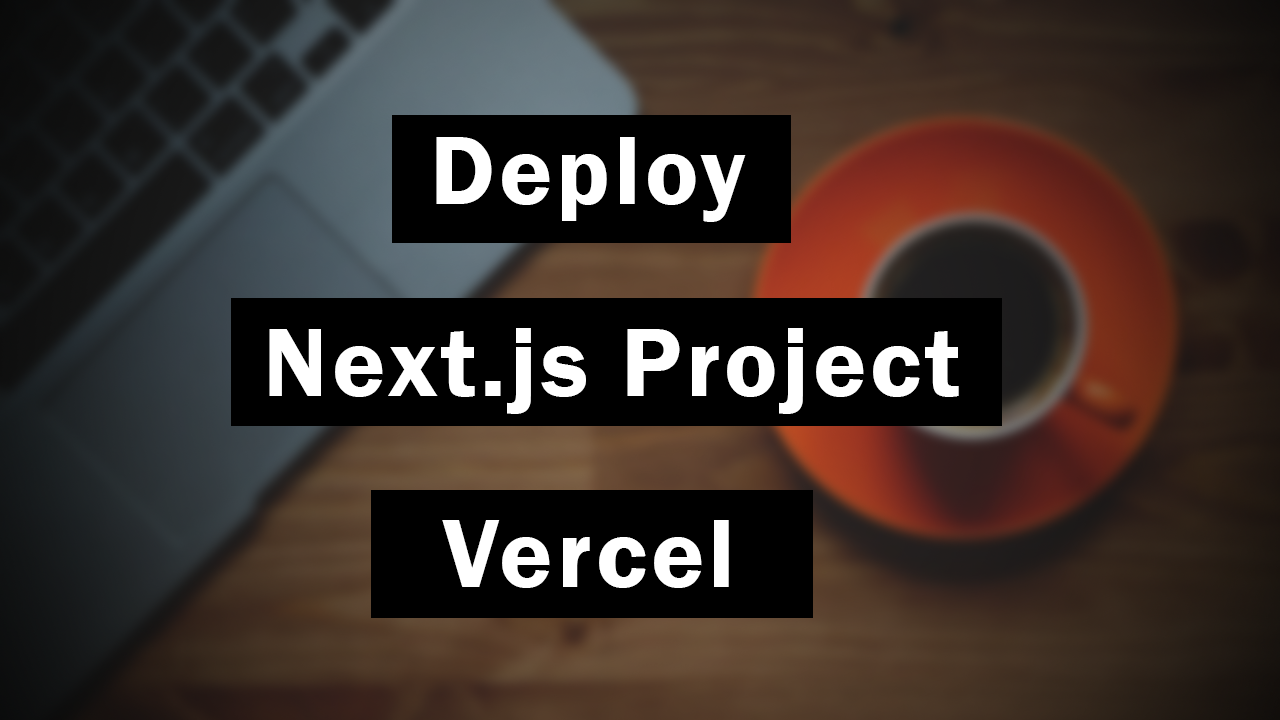Creating Dynamic Forms with Next.js: A Complete Guide
Introduction
Forms are essential elements of web applications, allowing users to input data and interact with the website. In Next.js, building forms is straightforward, thanks to its integration with React and its powerful features for state management and data handling. In this article, we'll explore how to create forms in Next.js, covering everything from form creation to submission handling and beyond.
- Introduction
- 1. Creating Forms in Next.js
- 2. Form Validation
- 3. Handling Form Submissions
- 4. Integrating Forms with Next.js Features
- Conclusion
- FAQs (Frequently Asked Questions)
- Can I use form libraries like Formik or React Hook Form with Next.js?
- How can I handle file uploads in Next.js forms?
- Is client-side form validation sufficient in Next.js applications?
- What are some common drawbacks to avoid when building forms in Next.js?
- How can I improve form performance in Next.js applications?
1. Creating Forms in Next.js
To create a form in Next.js, you can use standard HTML form elements like `<form>`, `<input>`, `<textarea>`, and `<button>`. Next.js provides a familiar environment for building forms using React components, enabling you to manage form state and user input efficiently.
import { useState } from 'react';
const MyForm = () => {
const [formData, setFormData] = useState({
name: '',
email: '',
message: '',
});
const handleChange = (e) => {
setFormData({ ...formData, [e.target.name]: e.target.value });
};
const handleSubmit = (e) => {
e.preventDefault();
// Handle form submission
};
return (
<form onSubmit={handleSubmit}>
<input
type="text"
name="name"
value={formData.name}
onChange={handleChange}
placeholder="Your Name"
/>
<input
type="email"
name="email"
value={formData.email}
onChange={handleChange}
placeholder="Your Email"
/>
<textarea
name="message"
value={formData.message}
onChange={handleChange}
placeholder="Your Message"
></textarea>
<button type="submit">Submit</button>
</form>
);
};
export default MyForm;
2. Form Validation
Form validation is essential for ensuring that users provide correct and valid data. In Next.js, you can perform form validation by adding validation logic to the form's `handleSubmit` function, checking for errors, and displaying error messages to the user.
const handleSubmit = (e) => {
e.preventDefault();
// Validate form fields
if (!formData.name || !formData.email || !formData.message) {
// Display error message
return;
}
// Handle form submission
};
3. Handling Form Submissions
Next.js provides flexibility in handling form submissions. You can handle form submissions directly within the same Next.js page where the form is rendered or submit the form data to an external API endpoint for processing.
const handleSubmit = async (e) => {
e.preventDefault();
try {
const response = await fetch('/api/contact', {
method: 'POST',
body: JSON.stringify(formData),
headers: {
'Content-Type': 'application/json',
},
});
// Handle response
} catch (error) {
// Handle error
}
};
4. Integrating Forms with Next.js Features
Next.js offers features like server-side rendering (SSR) and static site generation (SSG), which can be used when working with forms. You can use Next.js data fetching methods like `getServerSideProps` or`getStaticProps` to prepopulate form fields with data fetched from an external source.
Conclusion
Creating forms in Next.js is an straight process thanks to its integration with React and its powerful features for state management and data handling. By following the guidelines outlined in this article, you can build interactive and user-friendly forms that enhance the user experience of your Next.js applications.
FAQs (Frequently Asked Questions)
Can I use form libraries like Formik or React Hook Form with Next.js?
Yes, you can use form libraries like Formik or React Hook Form with Next.js to simplify form creation, validation, and handling. These libraries integrate seamlessly with React and can enhance the development process for building forms in Next.js applications.
How can I handle file uploads in Next.js forms?
To handle file uploads in Next.js forms, you can use standard HTML `<input type="file" >` elements and handle file uploads using serverless API routes. Next.js API routes allow you to receive file uploads and process them as needed.
Is client-side form validation sufficient in Next.js applications?
While client-side form validation can improve the user experience by providing immediate feedback to users, it's essential to perform server-side validation as well to ensure the integrity and security of the data submitted through the form. Server-side validation prevents malicious or invalid data from being processed by the server.
What are some common drawbacks to avoid when building forms in Next.js?
Common dangers when building forms in Next.js include neglecting form accessibility, failing to handle form submission errors gracefully, overlooking server-side validation, and not optimizing form performance for mobile devices.
How can I improve form performance in Next.js applications?
To improve form performance in Next.js applications, consider optimizing form rendering, reducing unnecessary re-renders, minimizing the use of heavy dependencies, and implementing client-side caching mechanisms for form data.



